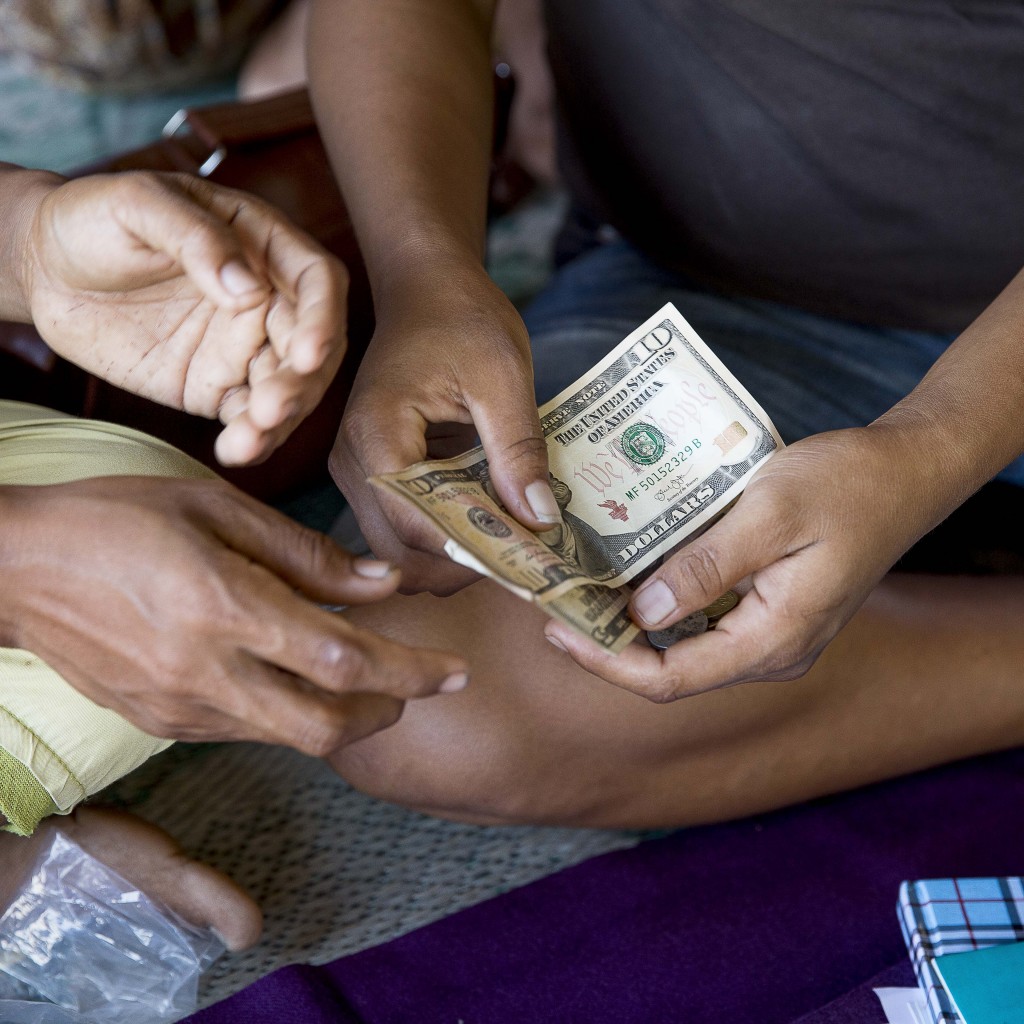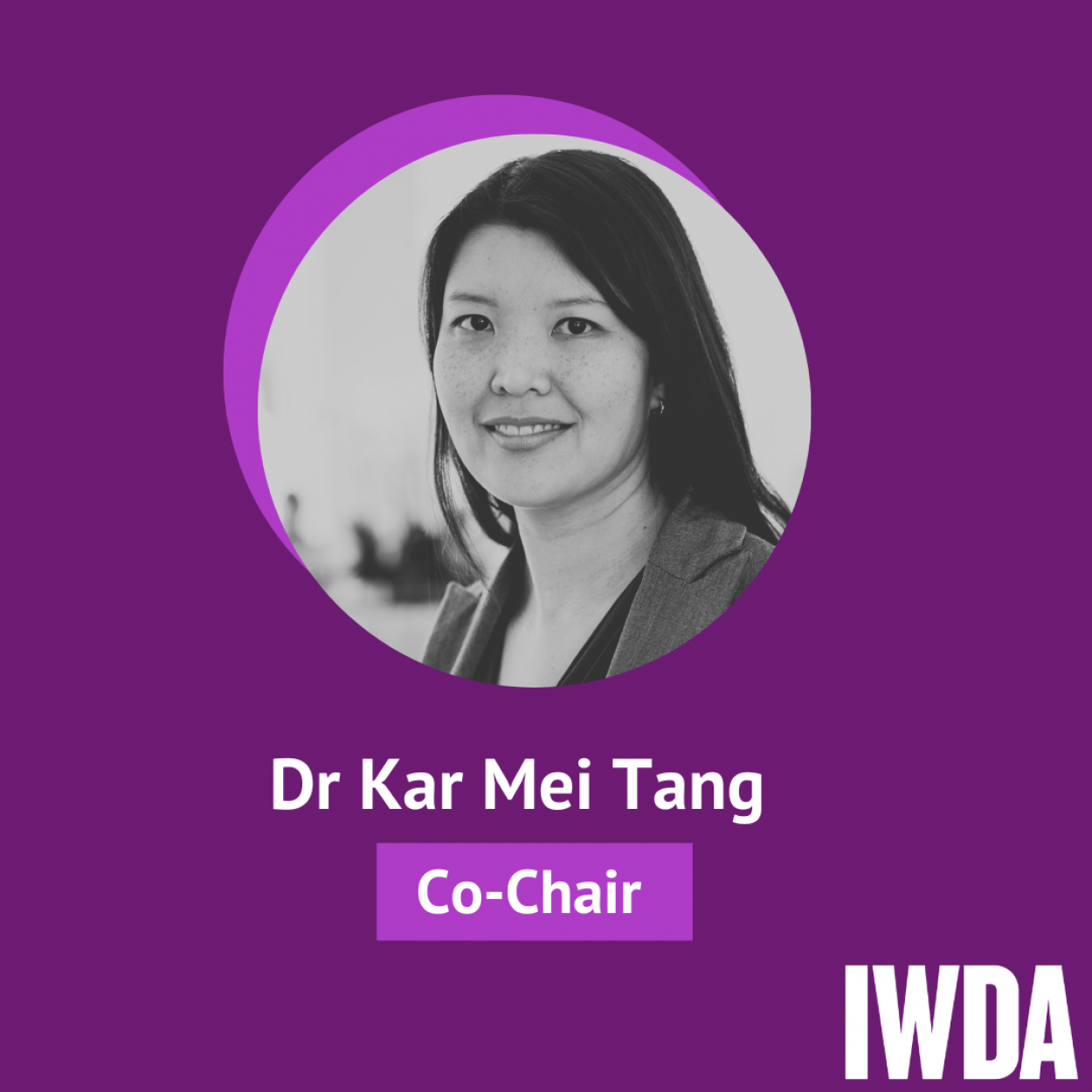
Ideas for Australia: Sold short – Australia’s aid cuts have foreign policy consequences
Written by IWDA Board Member The Conversation on April 22, 2016.
The Coalition government has embraced a more transactional foreign policy than its predecessor. Foreign Minister Julie Bishop has repeatedly explained how the concept of “economic diplomacy” will guide Australia’s international engagement. “Strong economic outcomes” are the priority; shared prosperity is the objective.
Accordingly, the government repurposed Australia’s foreign aid program. Under Bishop’s “new aid paradigm”, Australia’s aid program exists:
“… to promote Australia’s national interests by contributing to sustainable economic growth and poverty reduction.”
Upon winning office, the Coalition also decided to integrate AusAID – Australia’s previously autonomous aid agency – into the Department of Foreign Affairs and Trade (DFAT) to enable:
“… the aid and diplomatic arms of Australia’s international policy agenda to be more closely aligned.”
Given the government’s framing of Australia’s aid program as an investment, it is fair to evaluate its aid spending decisions on those terms.
Repeated cuts
At the macro level, the Coalition has moved to rapidly alter the balance of Australia’s foreign policy spending.
The aid-to-defence spending ratio reached 20% toward the end of the previous Labor government. Following three successive cuts to the aid budget, that ratio is projected to halve, to around 10%, within the next two years.
The largest of the three cuts was announced in December 2014, as a part of general budget savings in the Mid-Year Economic and Fiscal Outlook. These cuts, reflected in the 2015-16 budget, mean Australia’s aid budget has fallen to A$4 billion, down from a peak of $5.6 billion in 2012-13.
The government’s budget cuts mark both the largest ever multi-year aid cuts (33%) and largest ever single year cut (20%, or $1 billion, in 2015-16). Australian aid will fall to 0.22% of gross national income (a global measure of donor generosity) in 2017-18, the lowest level in Australia’s history.
This comes only a handful of years after both sides of politics were promising to double the aid budget to $8 billion to reach 0.5% of GDP by 2015. Such rapid changes in comparative outlays on development, defence and diplomacy betray how limited the discussions have been in Australia about the most suitable international policy investment mix to generate shared prosperity in the contemporary environment.
The US, for example, has done more thinking about how its diplomacy, development and defence are strategically linked.
The 2015-16 budget also laid out how Australia will achieve the 20% cut. Aid was cut to whole countries and regions rather than by assessing the development effectiveness of programs.
Aid to the Pacific was largely spared; there was only a 5% cut to Papua New Guinea and a 10% cut to Pacific regional funding. Sub-Saharan Africa was slashed by 70%. Aid to the Middle East was cut by 43%. Papua New Guinea replaced Indonesia as the largest recipient of Australian aid, with some distortion caused by offshore detention centres.
Big question marks still hang over where the remaining $5.2 billion capital subscription required in 2019-20 for the Asian Infrastructure Investment Bank will come from – not to mention climate adaptation financing.
One might think an aid budget of $4 billion sounds OK. It is still a lot of money. And times are tough. Actually, compared to other donors, times are not tough in Australia based on any objective criteria.
A reduced aid budget equates to the forsaking of real opportunities in foreign policy terms. In the long term, this could make the savings look miniscule compared to opportunity costs.
As Australia’s continuing engagement in countries like Afghanistan shows, transitioning to effective long-term civilian-led development programs is cheaper and better for Australia than expending more military might.
The Myanmar moment
Myanmar stands out as a test case for the government’s new investment-infused aid policy.
In the 2015-16 budget, the Coalition announced it would cut aid to Myanmar by 40%, from $73 million to $42 million.
If it were possible to measure and compare aid portfolios like stock portfolios, the big question investors would be asking of Australia’s fund managers right now would be this: why did you sell so many Myanmar shares? And why now?
Myanmar’s opening up since 2011 has been remarkable. It has brought with it the potential for transformative change. Economic growth has been running at around 8%. Ongoing political reforms culminated in a civilian government being sworn into office for the first time in half a century.
Myanmar still faces many challenges – not least ensuring that political reforms are consolidated, economic growth is sustained and the benefits of that growth are shared by the less-well-off. Aid can potentially play a role in securing these objectives, especially if donors are willing to co-ordinate.
Australia was among the first countries to take concrete stepsin recognising this potential. The aid program was repeatedly deployed as Australia re-engaged with Myanmar to promote democratic reforms.
As recently as 2013, Australia was the second-largest donor in Myanmar. Australia’s promise to double aid to $100 million by 2015-16 was a significant diplomatic down payment that signified its commitment.
As Myanmar’s reforms gathered pace, everybody wanted a piece of the action. Myanmar became the state equivalent of a Silicon Valley tech start-up. Ahead of the pivotal 2015 elections, Australia’s venture capital had secured it a seat at the table. DFAT’s five-year Aid Investment Plan for Myanmar highlighted that:
“Myanmar’s transition process will encounter its most crucial stage to date in late 2015 and early 2016.”
And yet, as Myanmar’s election came into view, Australia reneged on its promised investment. Aid to Myanmar was cut by 40%. The promise of $100 million by 2015-16 was revised to $42 million. Just when the dividend was due, we cashed out our stock options to the most over-subscribed regional foreign policy offering of the past decade.
We cannot accurately measure the rate of return provided by aid portfolios. Nor can we come close to quantifying goodwill and trust. But they exist. And they matter.
These investments do, at some point, reap tangible payoffs – including shared prosperity dividends – for fund managers possessed of foresight, patience and the courage of their convictions.
Read the original article published by The Conversation here.


